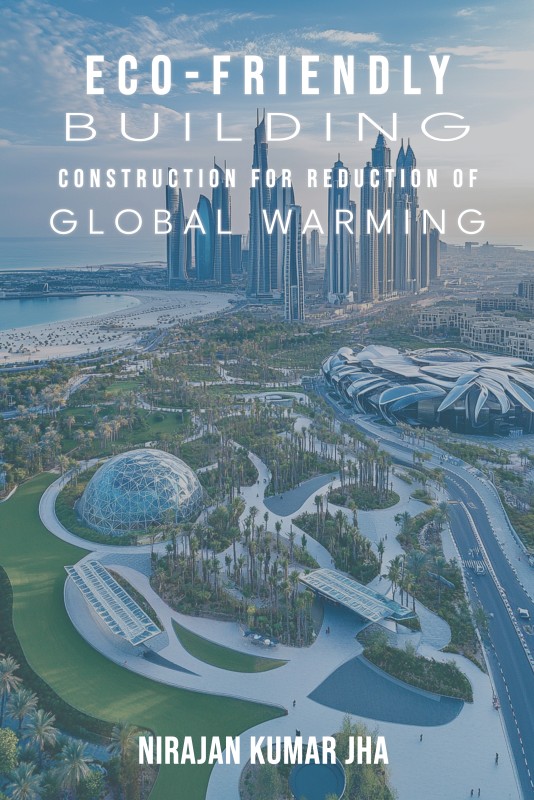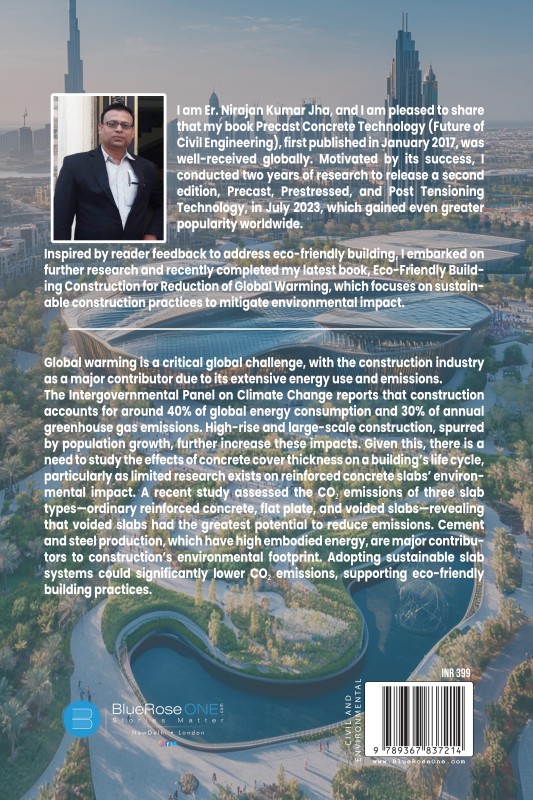Eco-Friendly Building Construction For Reduction Of Global Warming
by Nirajan Kumar Jha | 26-Nov-2024
(0)
Global warming is a significant global challenge, with the construction industry playing a major role due to its high energy consumption and emissions. The Intergovernmental Panel on Climate Change states that construction is responsible for...
Original
Books
Fastest
Delivery
7-day
Replacement
Book Details
- Language : English
- Pages : 232
- ISBN : 9789367837214
- Genre: NON-FICTION
- Size : 6" x 9"
- Binding Type : PAPERBACK
- Age Group: + Years
- Paper Type : WHITE PAPER
- Interior : BLACK & WHITE
- Cover : GLOSS FINISH
- Book Type : PAPERBACK
- Tags : Global Warming,Construction Industry,Greenhouse gas emissions,High-rise construction,Large-scale construction,Environmental impact
-
Best Sellers Rank :
#2265 in Non - Fiction
#9325 in Global
Reviews
There are no reviews for this product yet.

 USD
($)
USD
($) AUD
($)
AUD
($) CAD
($)
CAD
($) EUR
(€)
EUR
(€) HKD
($)
HKD
($) GBP
(£)
GBP
(£) SGD
($)
SGD
($)








